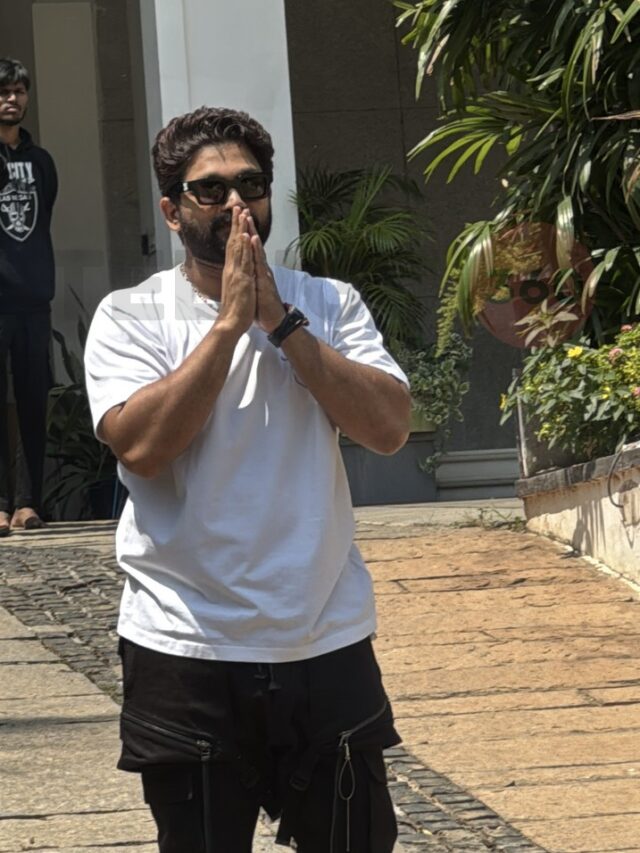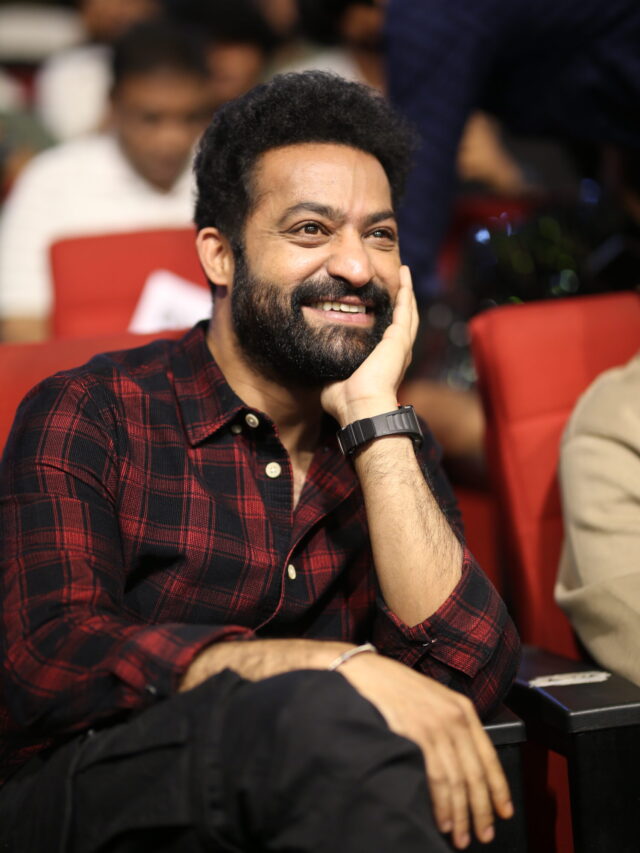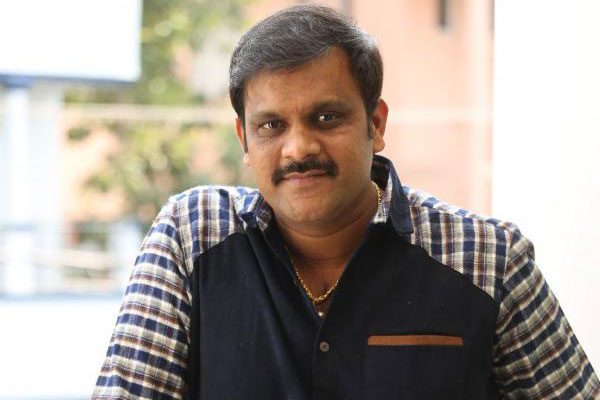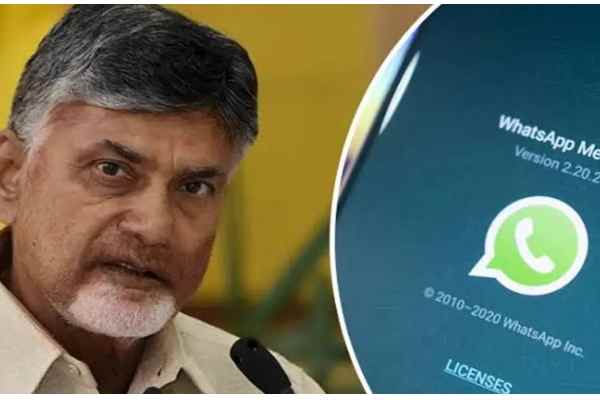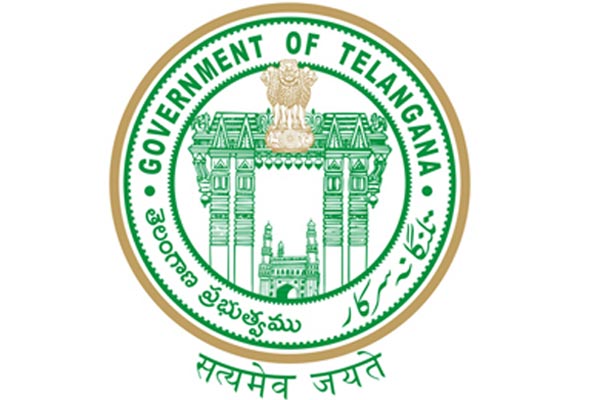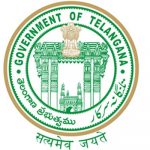With the emergence of the BJP as the real opposition party in Telangana, new challenges await the TRS government which completed two years in its second term on Sunday.
The saffron surge, evident from BJP’s recent electoral victories, has overshadowed the celebrations in Telangana Rashtra Samithi (TRS) camp.
In fact, the second anniversary came close on the heels of the BJP putting up an impressive show in the Greater Hyderabad Municipal Corporation (GHMC) elections to win 48 seats in 150-member municipal body, pushing the TRS down to 56 seats from a whopping 99 it won in 2016. The BJP was then almost non-existent with just two seats in its kitty.
The fractured verdict in GHMC polls came barely a few days after the shocking defeat for the TRS in by-election to Dubbak Assembly seat, which the BJP wrested from it.
The first defeat for the TRS in a by-election since formation of Telangana state, signalled the emergence of BJP as an alternative. The GHMC poll results came as another shot in the arm for the BJP, which now sees a realistic chance of coming to power in 2023.
In 2014, the K. Chandrasekhar Rao-led TRS secured simple majority with 63 seats in 119-member Assembly. After successfully achieving the goal of Telangana state, he embarked on the mission to rebuild the country’s youngest state.
By luring top leaders from opposition parties to TRS camp, he considerably weakened the Congress and nearly decimated the Telugu Desam Party (TDP).
With considerable progress made in realizing the vision of ‘Bangaru Telangana’ or golden Telangana, a confident KCR went for early polls. His gamble paid off as the TRS retained power with a landslide victory, winning 88 seats.
Not stopping at that, KCR went all out to eliminate the opposition Congress. A dozen out of 19 Congress MLAs defected to the TRS. Congress lost the status of even the main opposition party. However, the analysts believe that this strategy is now proving costly for him as in the absence of strong opposition alternatives, the anti-establishment votes have begun to consolidate under the BJP.
“KCR got lesser mandate but bigger authority in the first term. As he went on absorbing all and sundry, his mandate turned bigger and so also the challenges to his regime, mainly due to mistakes and shortcomings of his own making,” says political observer Telkapalli Ravi.
“KCR had a smooth run between 2014 and 2018, and he was able to rake up sentiments among the people that his detractors were equivalent to those who are anti-Telangana. However, that honeymoon period is over now, and people of Telangana are expecting visible development in the state,” said analyst P. Raghavendra Reddy
“Political actions of KCR between 2014 and 2019 led to the downfall of Congress in Telangana, which resulted in consolidation of the anti-TRS vote in favour of the BJP. And this is now the biggest challenge before KCR to overcome, in addition to great expectations people have from his government,” said Reddy.
Often criticized by his opponents for his “authoritarian” attitude, KCR also came under flak for promoting his own family.
In fact, he received the first jolt only a few months after retaining power with massive majority. In the Lok Sabha elections, the BJP not only retained its lone seat but also wrested three other seats from TRS. This included Nizamabad where KCR’s daughter K. Kavitha had to taste defeat.
She recently returned to active politics after getting elected to state Legislative Council. KCR already has his son K.T. Rama Rao as a cabinet minister holding several key portfolios and Working President of the TRS. He is seen as KCR’s heir apparent. KCR’s nephew T. Harish Rao is the Finance Minister.
“Apparently, unilateralism and family presence undermined moral legitimacy. Problems like Covid and floods and the BJP targeting the government with communal card has created new challenges,” said Ravi.
KCR’s flip-flop in his dealing with Narendra Modi-led BJP government at the Centre also led to many eyebrows being raised in the political circles.
On the eve of 2019 Lok Sabha polls, he floated the idea of Federal Front as an alternative to both BJP and Congress. It proved a non-starter with BJP retaining power at the Centre with huge majority.
Just before the GHMC elections, he revived the idea. This time he announced that he will bring together like-minded parties on a common platform to take on the BJP. Many took this with a pinch of salt.
It was in 2018 that KCR had announced his plans to build an alternative to the Congress and the BJP to take the country on the path of development and progress. Political observers say speaking about a new alliance only at the time of elections will yield no gains.
With over 100 seats in the Assembly, KCR may be sitting pretty to complete the term but with BJP adopting aggressive posture following its recent electoral victories, he is likely to have tough times ahead.
“Challenges before KCR and the ruling TRS are mounting by the day. People want the promises made during the agitation for Telangana movement to be fulfilled at the earliest. The youth of Telangana expected more number of jobs, as promised, in separate State, which this regime failed to fulfil,” said Reddy.
On its part, the TRS government says it continued its focus on welfare and development schemes to make Telangana a trendsetter and a role model for the entire country.
It fulfilled the electoral promises like increasing the crop investment support to farmers to farmers under Rythu Bandhu scheme from Rs 8,000 per acre to Rs 10,000 per acre and loan waiver for loans of less than one lakh rupees.
KCR inaugurated Kaleswaram project which is expected to make the state fertile, providing water for irrigation, drinking water and industrial purposes.
The government introduced regulated farming to ensure that farmers grow the crops which have demand in the market.
It brought reforms in the revenue system with a new Revenue Act. Dharani website was launched for online registration of agricultural and non-agricultural properties.











